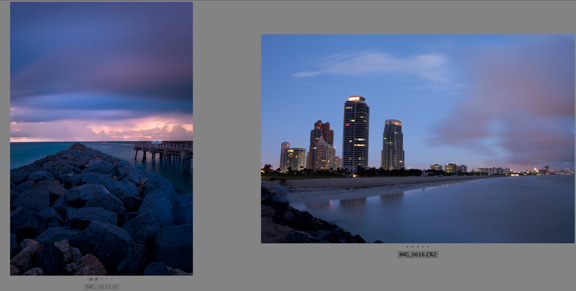Pruf Reed UR werek.
Remember junior high? How you had to hit spell check after you wrote an essay? How about when you were doing your math homework and gave it that little once over to catch any mistakes? Although we would all LOVE to repress those memories a little longer there is an important lesson in them: proof read your work. Just because we graduated junior high, high school and some of us even college doesn’t get us off the hook for double checking what we do.
Sometimes it’s a little easier. For example if your sending out your resume of COURSE you’ll check your spelling. But do you take it any further than that? Do you actually read it out loud to hear how it is going to sound to someone reading it? If you recognize the importance of sounding intelligent in a resume than wouldn’t you also recognize that any email there after to that client is equally important. Take the time, read your email out loud. Most email hosts have a check spelling option but if you hit the wrong key and managed to still spell an actual work (although not the word you wanted) spell check is not going to catch it. Reading it back to yourself is.
Then there are harder places to double check, like your images. If you are creating a series of pictures you need to make sure any retouching you’ve done stays consistent throughout all of them. Don’t saturate the crap out of you sky in one shot and then leave it be in the next if they are part of the same story. If it’s personal work for yourself or work for a client, this is a very good habit to develop. If possible, use a program that let’s you open all the images in one window and see how they flow together. I love using Bridge for this. You can hold down the command key and select multiple images to be viewed at once. I do this for all my editorials. This also creates an amazing editing tool. Often I take a photograph out and replace it with another to see if the story is stronger that way. I’ve even gotten into the habit of taking screen shots of the edit and sending it to the editor I’m working with. It’s fairly normal to have 6 or 7 different takes on the story before we settle on the strongest layout.
Yet, if the images weren’t edited to look like they fit together this process wouldn’t work. Of course an image that doesn’t match the others in color and tone is going to create a stumble in the story. All the shots we consider putting into the fashion spread are given a quick retouch so we can edit fairly. See this example,


If your deadline/due date for an assignment isn’t due right away, finish it early and come back to it a few days later. Check to see if you still like the edits you made in post production. There are a lot of times I will get excited about something and then realize two days later it just doesn’t work.
Even when you have a client and you’ve shots 500 images for their website, go back and check. Although at the end of shooting, loading, and retouching 500 photo’s the last thing you want to do is see any more of it, force yourself to do it. You don’t want your clients thinking you are sloppy and there’s the chance that someone else isn’t going to catch your mistake either (if they are doing anything with your images odds are they are sick of them too). Worse case scenario, your careless mistake ends up published somewhere for the world to see.
So take a few extra minutes, a half an hour late without any mistakes is going to save your client more time in the end and will help you build a better reputation as a professional.